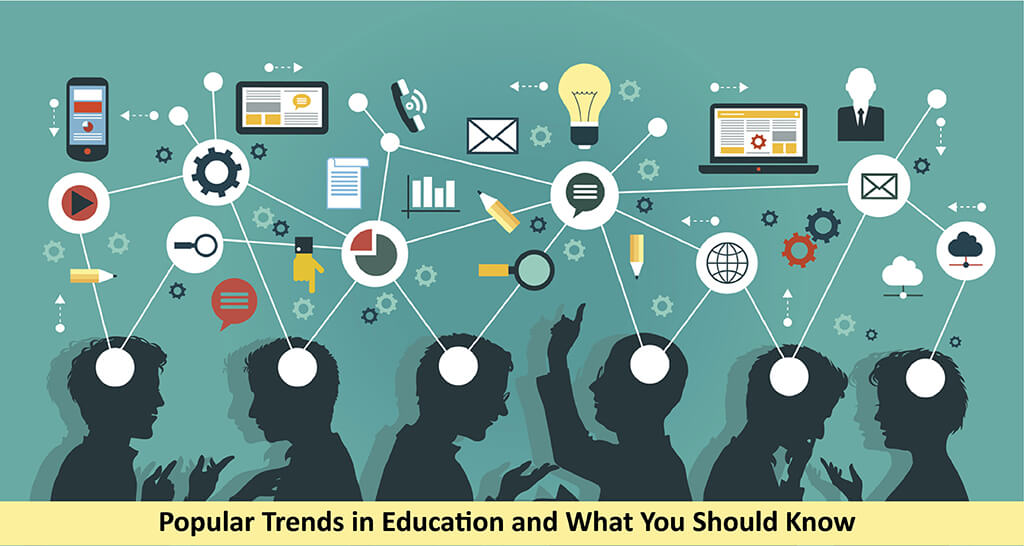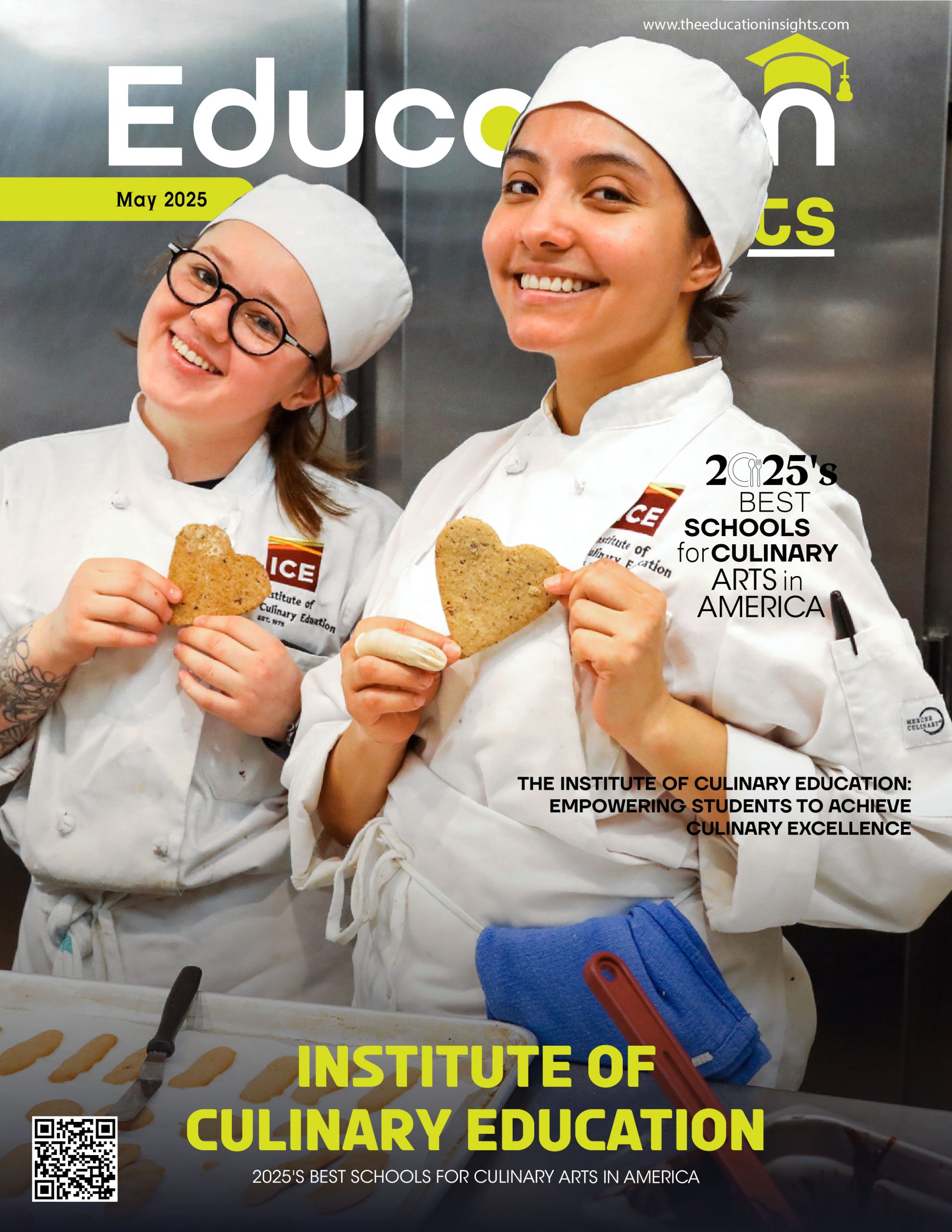Following educational trends may seem like seeing fads come and go, which can be perplexing at best and irritating at worst. However, keeping an eye on these trends might be beneficial in fulfilling your professional development obligations. Many are based on educational research or current events that might help you better serve your kids.
Here are some developments and concerns in the field of education that you should be aware of. You could come upon one (or more) that you wish to investigate further for your kids. Mindfulness and trauma-informed practices, for example, have always been essential—and they may be even more so this year. Others, such as genius hour and mastery-based grading, are newer educational practices that may be useful in your classroom.
Grading Based on Mastery
Many educators are seeking alternatives to letter grading. Some people are concerned that conventional grading techniques do not fairly assess student development.
Mastery-based grading assesses students’ ability to apply the skills they acquired in class and allows for resubmission. Instead of an A to F scale, pupils are ultimately rated as having mastered or not having learned a topic. Students might avoid being disheartened by continuing to practice skills they haven’t yet mastered.
Personalized Education
Personalized learning has become more prevalent in recent years. Why should you be interested in individualized learning? When a school curriculum is tailored to a kid’s specific requirements, it is more likely to foster student success since each child may advance at their speed. Furthermore, adaptive software packages enable instructors to utilize the same program with all their pupils, even those with learning difficulties.
Trauma-Informed Practices
Trauma-informed practices refer to any intervention geared to meet the specific needs of traumatized children. Because more than half of all children will be exposed to a traumatic incident before adulthood, it is critical to provide training and implement solutions to help these youngsters. Teachers and students have all been affected by the painful impacts of the COVID-19 epidemic, raising this topic to even greater levels of debate than previously.
Check out this Today.com piece where Waterford SVP of Curriculum and Instruction Jenni Torres recounts how she emotionally helped her kids in New Orleans during Hurricane Katrina.
Genius Hour
Genius Hour is a relatively recent teaching strategy in which students concentrate on self-paced and self-selected tasks for one hour each day. This helps kids develop their creativity, independent thinking abilities, and a genuine love of learning. Genius spaces may be a trend to keep an eye on if you’re searching for methods to boost student engagement in your classroom.
Digital Citizenship
Digital citizenship is described for kids as the capacity to utilize technology and the Internet efficiently and adequately. Good digital citizenship is becoming more critical, but as conventional in-person assignments and courses shift online, it is even more vital for students to gain the skills they need to have a healthy relationship with digital media.
Bite-Sized Learning
With short, concentrated exercises, bite-sized learning teaches youngsters particular academic abilities. It “takes into consideration current student lifestyle demands that may impede extended periods of concentrated study and time spent in the classroom.” In other words, it enables students to acquire basic skills in handy, shorter spurts throughout time rather than all at once in protracted classroom classes or lectures.
Bite-sized learning exercises may be particularly beneficial if courses continue to be mainly (or even partly) online next year. Teachers may consider a student’s ability for extended and concentrated lessons from home by strategically employing quick exercises to teach new skills. If students return to your classroom, this strategy might help them make the most of their time there.
Mindfulness
Mindfulness practice entails being aware of and accepting both the exterior and interior worlds. You can assist improve pupils’ responses to stress and lower their overall stress levels by teaching mindfulness in the classroom. This makes it suitable for teaching social-emotional and thinking skills and assisting kids who are feeling overwhelmed.
Brain Break
Brain breaks are five- to ten-minute exercises, such as dancing or getting up to stretch, that help pupils to recharge after a lengthy period of concentration in class. These work best when spread out throughout the school day. Students who take these breaks are less likely to feel overwhelmed or agitated and can better concentrate on their next lesson or assignment.
Experiential Learning
According to Western Governors University, experiential learning is an approach that enables students to learn and improve abilities outside of the classroom. Experiential learning opportunities for primary pupils may be limited. However, you can make the most of this method by taking students on field excursions (virtual or otherwise) and giving them tasks that motivate them to learn outside of the classroom.
STEAM Curriculum
You’ve probably heard of STEM (science, technology, engineering, and math) education and how it prepares kids to enter the market with practical, in-demand skills. However, including the arts in these topics (forming STEAM: STEM plus arts) may boost your pupils’ academic performance.
Including art tasks in science and math lectures may help all students better grasp STEM topics. It also enhances creativity, which is beneficial in any academic subject. Furthermore, STEAM education has proven to give kids a more well-rounded and practical education than STEM alone.










